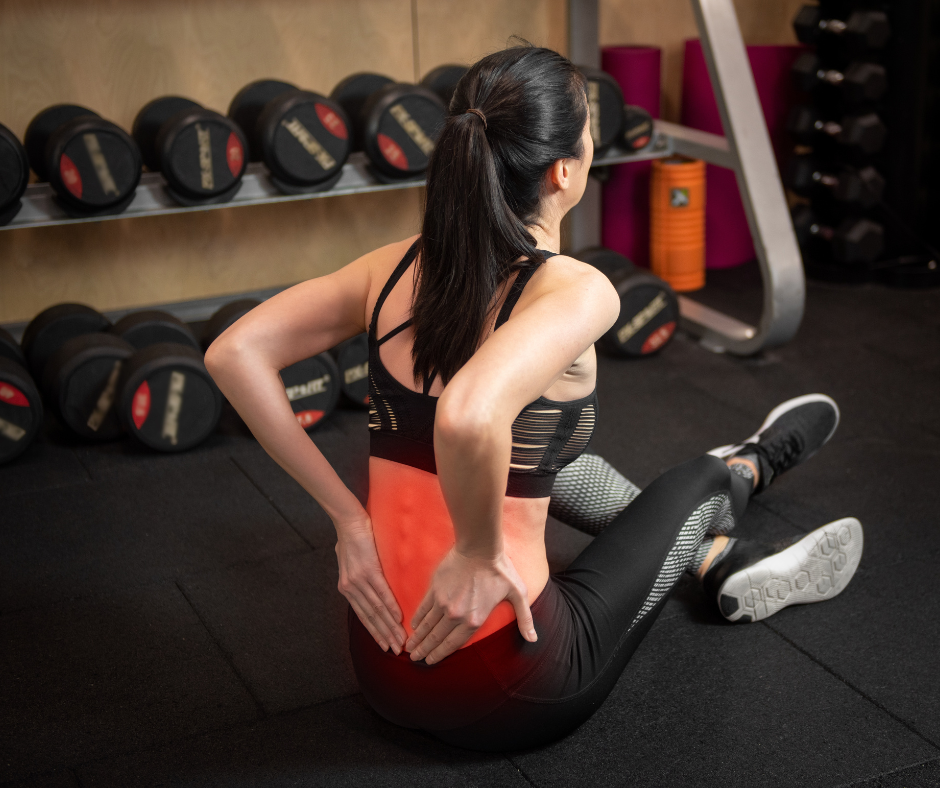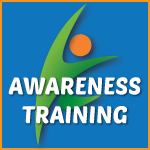5 Surprising Reasons Your Lower Back Might Be Hurting

The pain is real—but the source might surprise you.
Back pain has become so common, it almost feels normal.
But just because it’s common doesn’t mean it’s okay.
If you’ve ever said, “My lower back is always sore,” or “I just get stiff every morning,” there’s a good chance you’ve tried things like stretching, massages, or even heating pads.
The problem?
Most of those are treating the symptom—not the source.
When someone comes to me with back pain, I don’t just look at the spot that hurts.
I look at the whole system.
Here are the first 5 things I assess (and yes, #5 might surprise you):
1. How Your Hips Are Moving
Your hips are like the base of a house—if they’re unstable, the entire structure above them suffers.
If your hips are tight, weak, or out of alignment, your lower back often compensates.
I’ll look at:
- Range of motion (can your hips rotate properly?)
- Muscle imbalances (like overactive hip flexors or underused glutes)
- Stability during movements like squats, lunges, or even walking
When we restore proper hip function, the back often begins to calm down—sometimes within a single session.
2. How You Breathe Under Tension
Most people have never been taught how to breathe well.
They breathe high into their chest, or they hold their breath during effort without realizing it.
But your diaphragm isn’t just for oxygen—it’s part of your core.
If you’re not breathing efficiently, your body loses its internal stability, and your back picks up the slack.
We practice specific breathing drills (like 360° rib expansion and kidney breathing) to:
- Restore core pressure
- Decrease tension in the spine
- Help the nervous system shift from “fight or flight” to “rest and repair”
Breathwork might sound too simple—but it works, especially for back pain rooted in stress or compensation.
3. Your Posture (When You’re Not Thinking About It)
Most of us know what “good posture” looks like… but that’s not the posture I care about.
I want to see what your body does when you’re not trying.
Do your ribs flare out?
Does your pelvis tilt forward or tuck under?
Are your shoulders constantly rounded?
These subtle patterns can pull your spine out of alignment—causing your lower back to over-arch or lock down.
And when you’re stuck in those patterns for 8+ hours a day?
Your body adapts. Pain is just its way of saying, “Hey, we’ve got a problem here.”
We use movement awareness and corrective drills to re-teach your body how to stack properly and move with less strain.
4. Your Pelvis + Rib Cage Relationship
This one’s big.
Most people think of their body as separate parts. But your pelvis and rib cage are like dance partners—when they’re not moving in sync, someone (usually your lower back) ends up taking the hit.
I look at:
- Whether your pelvis is stuck in a tilt or rotation
- If your ribs are flared or collapsed
- How well these two structures “stack” during movement
Once we get your pelvis and ribs talking to each other again, your spine can finally breathe—literally and figuratively.
5. Your Diet (Yes… Really)
Now, this one catches people off guard.
You’re probably thinking:
“What does food have to do with my back hurting?”
Here’s the deal:
If your body is inflamed, everything hurts more.
Even a slight imbalance in your gut or blood sugar regulation can increase systemic inflammation—which makes your joints ache, your muscles tighter, and your recovery slower.
Poor hydration and missing key nutrients like magnesium or omega-3s can contribute to cramping, spasms, and chronic tension.
So yes—I ask about:
- Water intake
- Processed food frequency
- Inflammation triggers (like sugar, alcohol, or dairy in sensitive individuals)
Because sometimes, your back pain isn’t just about structure.
It’s about what you’re fueling your body with.
Final Thoughts
Pain is a signal—not a sentence.
If your lower back hurts, don’t just settle for temporary fixes. Let’s figure out why it’s happening and build a plan around your body.
Whether it’s through posture work, ELDOA, breath training, or simply reconnecting with how you move, there is a way forward.
👉 Curious about what your body’s trying to tell you?
Click here to schedule a free consultation.
Ray Martinez
